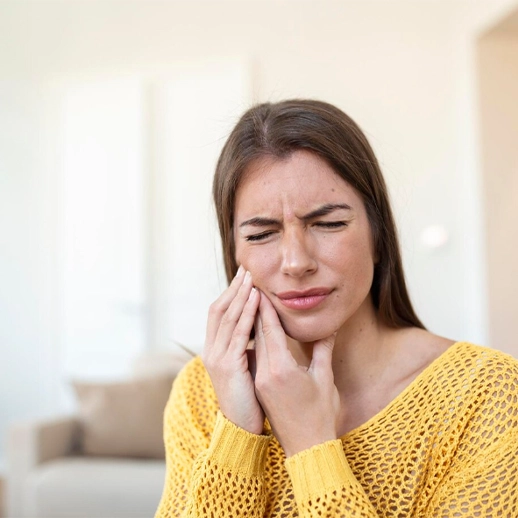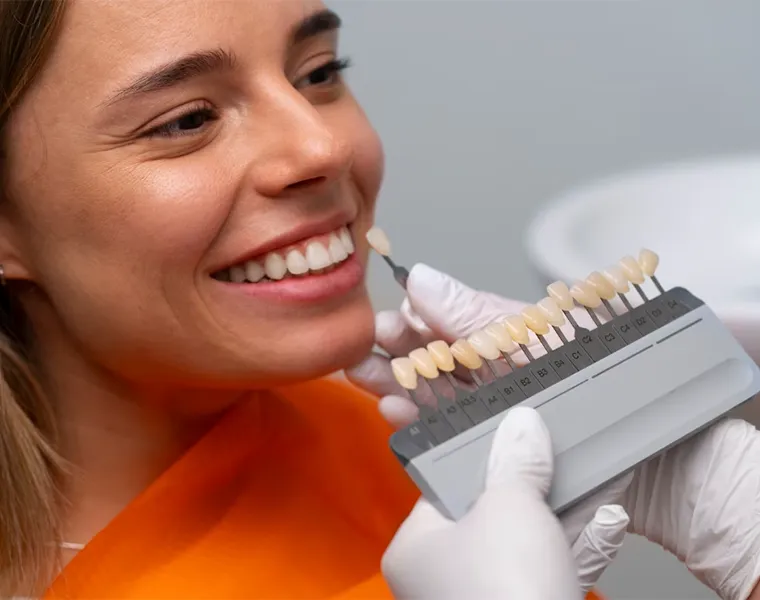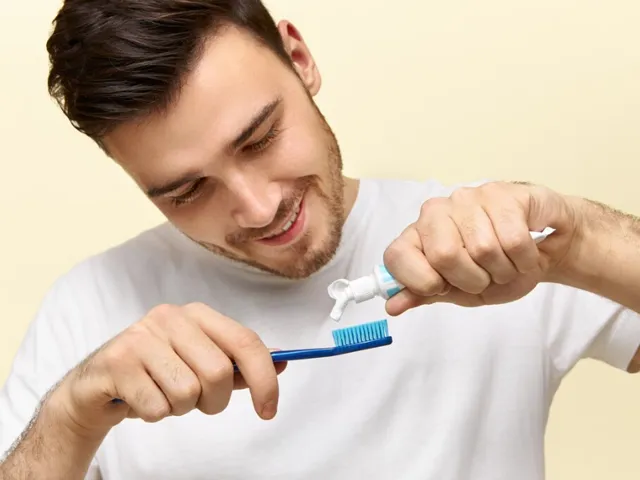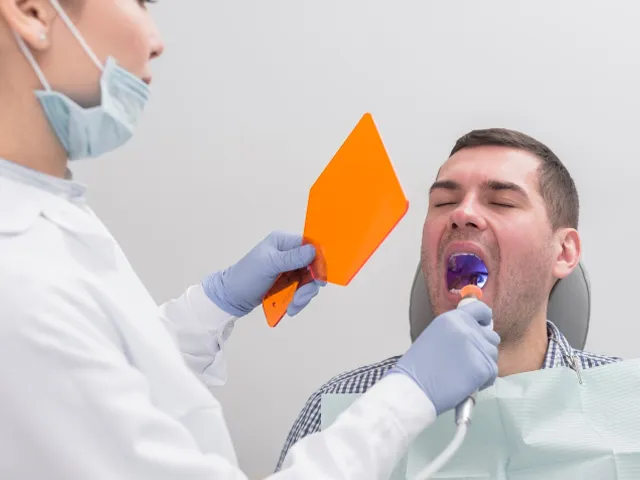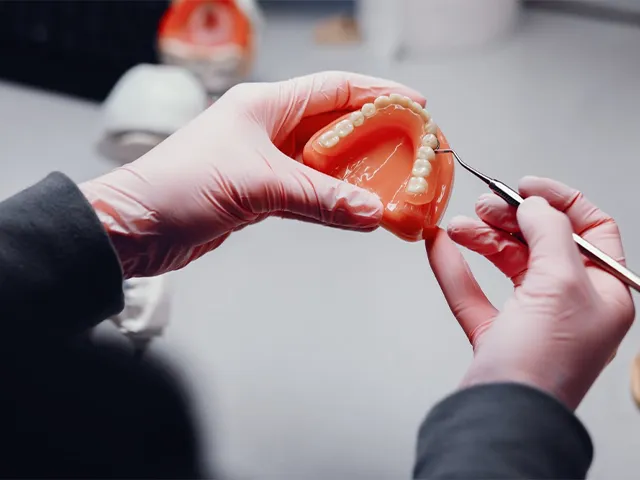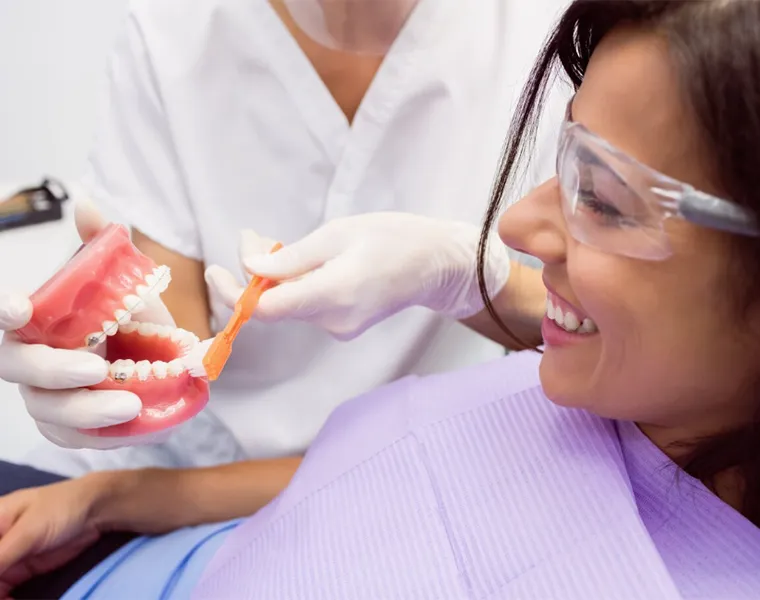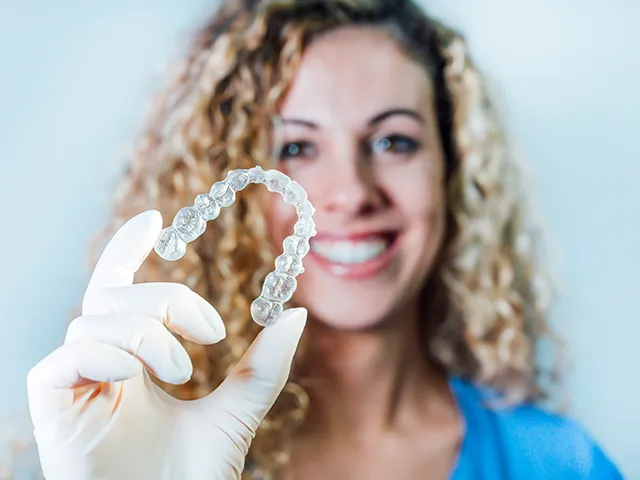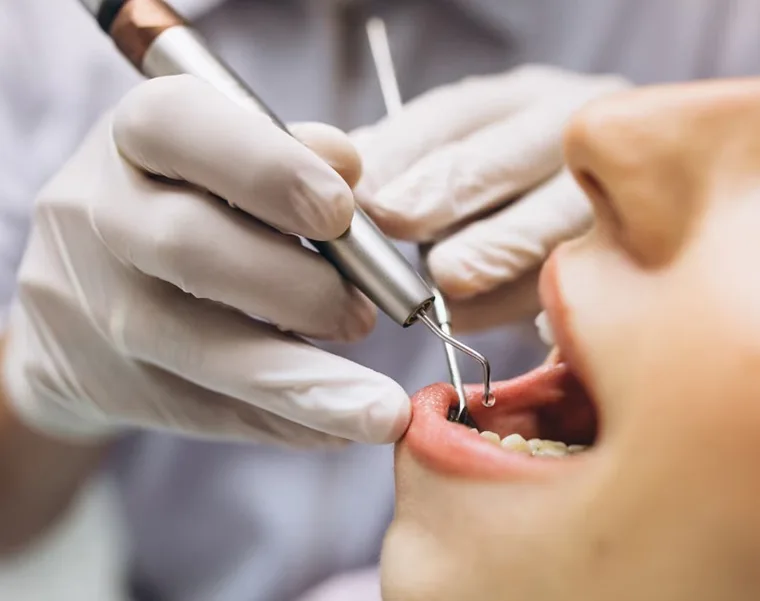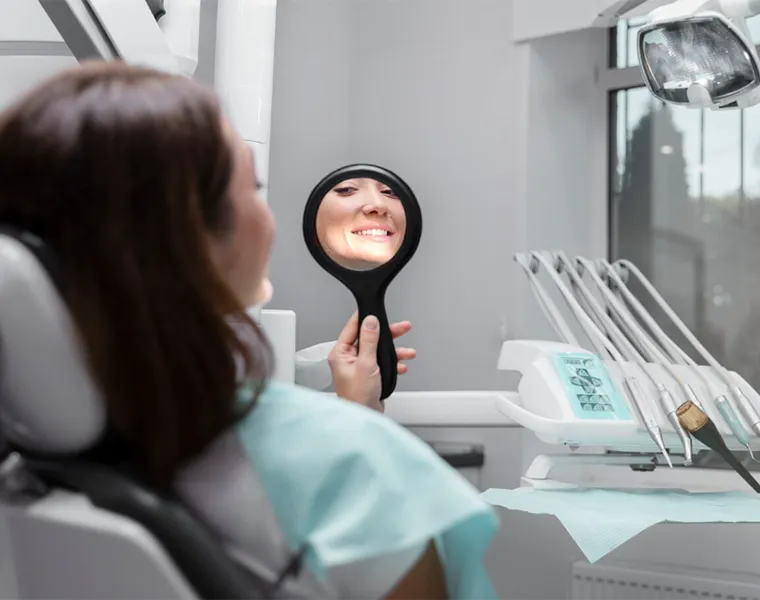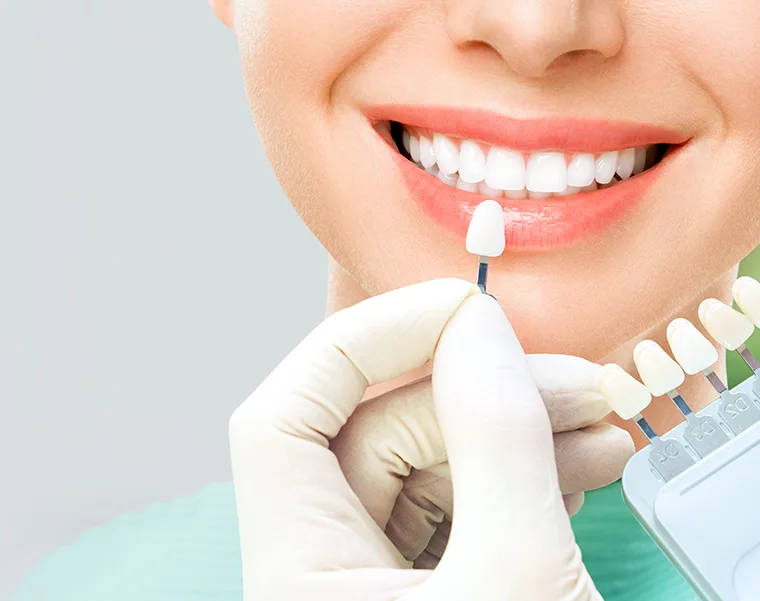Why does a filled tooth hurt? There are many reasons for this. After a filling, nerve sensitivity may develop around the tooth. During the filling procedure, nerve endings near the deep layers of the tooth can be affected, leading to pain. This sensitivity can be heightened especially with contact from hot, cold, or sweet foods. Additionally, if the filling does not fit properly or is too high, it can also cause tooth pain.
Why does a filled tooth hurt? One of the most common answers to this question is infection. The pain in a filled tooth can be a sign of a possible infection. Bacteria that seep under the filling can eventually lead to an infection in the tooth root. In such cases, a root canal treatment may be necessary. Additionally, wear or cracks in the filling material over time can leave the tooth unprotected, causing sensitivity and pain.
Why Does an Old Filled Tooth Hurt?
There are many reasons why teeth with old fillings can hurt. Over time, decay can develop in the tooth tissue underneath the filling, which can lead to tooth sensitivity or pain. If, for example, a composite filling material is used, it can wear away or crack over time. This can leave the tooth unprotected.
Pain after a filling is not only related to the filling material, but also to the condition of the tooth under the filling. After a filling, the sensitivity usually goes away in a short time. However, prolonged pain can be a sign of infection or other problems.

Why does a tooth hurt after a filling? One of the most common reasons is that the nerve tissue of the tooth is damaged during the filling process. There may also be sensitivity in the tissues around the tooth after a filling. If the nerves of the tooth under the filling are damaged or infected, root canal treatment may be required.
Some of the most common reasons why a tooth with an old filling hurts are as follows:
- There may be a cavity that has formed under the filling.
- Incomplete fit of the filling after treatment is a cause of pain.
- Abrasion or fracture of the filling material can also cause tooth pain.
When pain occurs in teeth with old fillings, the filling may need to be replaced or the damaged tissue may need to be treated. Such cases should be evaluated by your dentist and the appropriate treatment method should be determined.
What is Good for Filled Tooth Pain?
The question of how to relieve toothache with filling is frequently asked by people who experience pain after filling. The most important step to relieve toothache is to first consult a dentist. However, some methods can be applied at home to relieve pain. Gargling with warm salt water can relieve pain. In addition, painkillers can provide short-term relief. Regular tooth brushing habits also relieve pain. This is because it prevents plaque accumulation and keeps teeth healthy.
If the filling is high or does not fit properly, pain may be felt during chewing. How to recognize a faulty tooth filling? If pain persists after a dental filling, the filling may not have been placed properly. However, a dental examination is necessary to detect the problem.
Tooth decay may reappear in an area beneath the filling, which may cause the pain to persist. The decay under the filling should be detected by X-ray and treated.
The pain after a dental filling usually goes away within a few days. However, if the pain persists for a long time, the best approach is to consult a dentist and get the necessary treatment.
Libredent Oral and Dental Health Polyclinic Ankara performs applications such as tooth filling and root canal treatment. You can make an appointment by contacting us for these and similar problems and requests.
